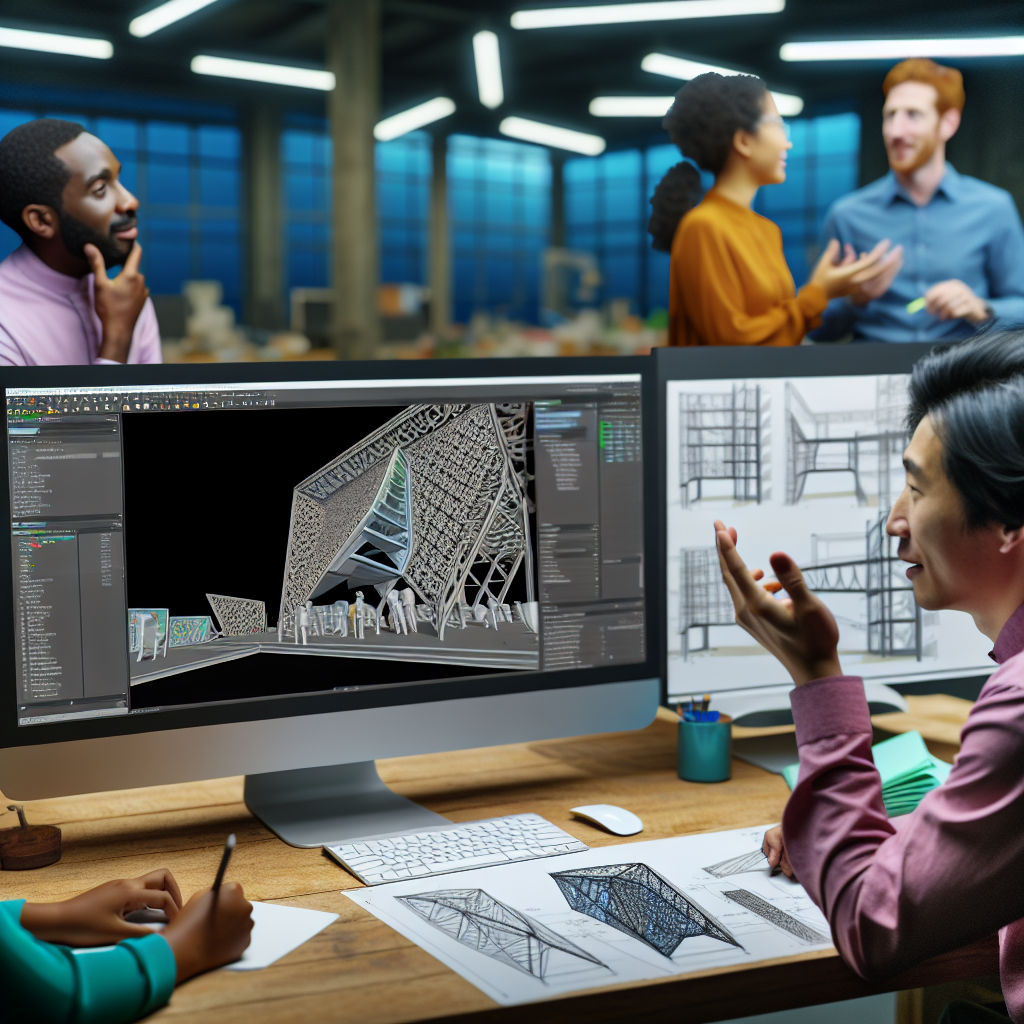Autodesk has recently unveiled Revit 2026, the latest version of its flagship BIM (Building Information Modeling) software. This launch brings a host of innovative features designed to enhance workflows, improve collaboration, and boost productivity for architects and engineers alike. In the following sections, we’ll explore the key updates and what they mean for users.
Enhanced Modeling Capabilities and User Experience
Revit 2026 introduces significant improvements to its modeling tools, making it easier for users to create and modify complex designs with greater precision. Notably, the update features a more intuitive interface that streamlines workflows, reducing the learning curve for new users.
- Advanced Shape Editing: The new “Freeform” tool allows for more organic and complex geometries without relying heavily on external add-ons, enabling architects to innovate freely.
- Parametric Enhancements: Improved parametric constraints facilitate more dynamic model adjustments, ensuring that design changes propagate correctly throughout the project.
- Performance Improvements: Revit 2026 is optimized for faster processing, even with large and complex models, reducing lag and increasing overall productivity.
Furthermore, the updated user interface emphasizes ease of access with customizable ribbons and context-sensitive menus, helping users stay focused on their design intent without unnecessary distractions. These enhancements contribute to a more seamless modeling experience, reducing errors and increasing efficiency.
Collaboration, Data Integration, and Workflow Optimization
A central focus of Revit 2026 is improving collaborative efforts among project teams, especially with the integration of cloud-based tools and enhanced data management features. These updates are designed to foster a more connected and synchronized workflow across disciplines.
- Real-Time Collaboration: With tighter integration into Autodesk Construction Cloud and advancements in multi-user workflows, teams can work concurrently on models with reduced conflicts and better version control.
- Interoperability Enhancements: Support for newer file formats and improved APIs enable smoother data exchange with other design and analysis software, streamlining interdisciplinary collaboration.
- Data Management: Revit 2026 offers improved parameters handling, allowing for better control and analysis of project data, which aids in decision-making and documentation accuracy.
These collaboration features not only enhance team productivity but also minimize errors and rework, leading to faster project delivery and higher quality outcomes. By embracing cloud connectivity and better data integration, Revit 2026 sets a new standard for BIM workflows in the AEC industry.
In conclusion, Revit 2026 furthers Autodesk’s commitment to delivering a more powerful, intuitive, and collaborative BIM platform. With advanced modeling tools and enhanced connectivity, it empowers professionals to create innovative designs more efficiently. By adopting these new features, users can stay competitive and realize their project visions with greater ease and precision.
